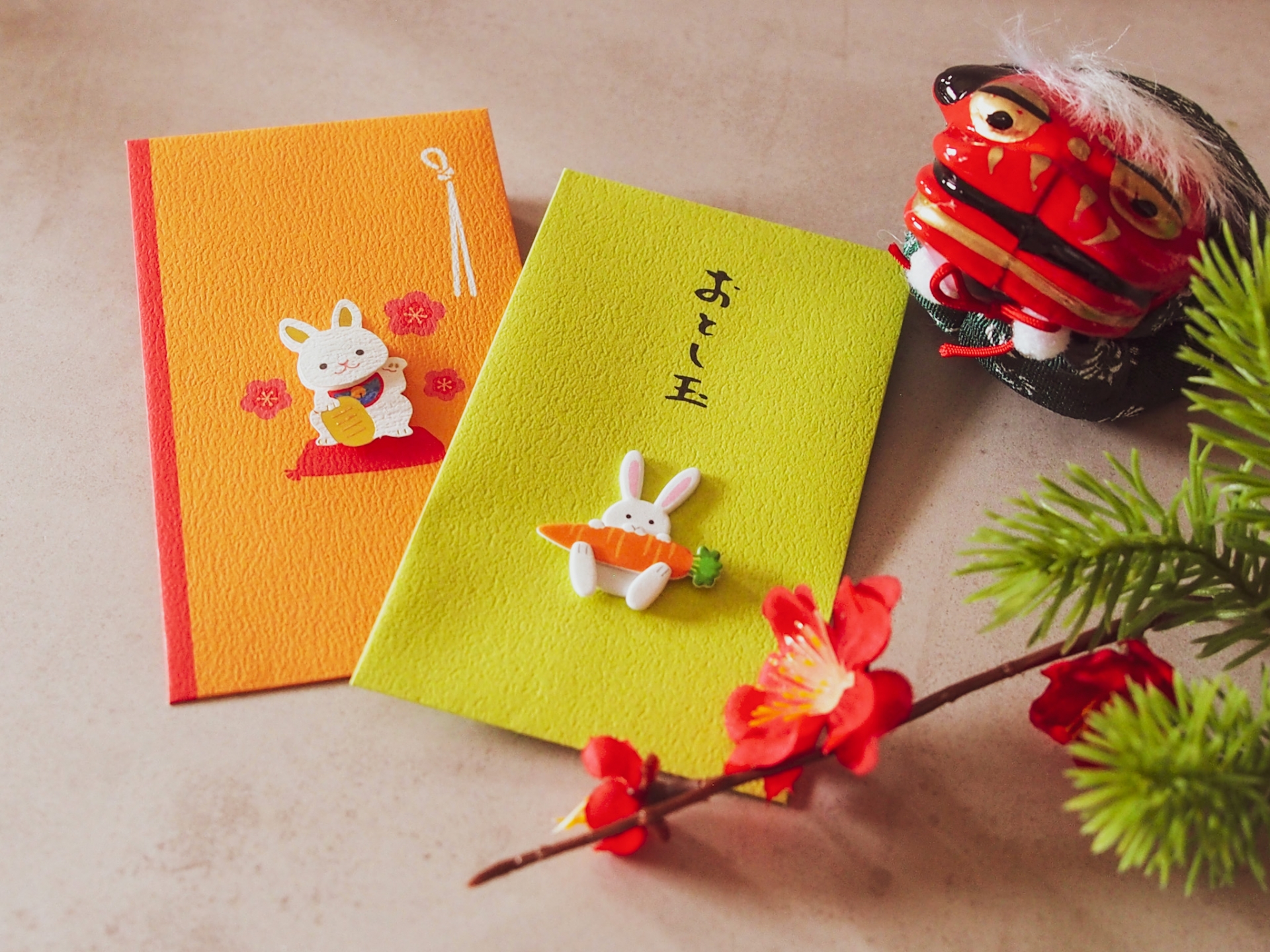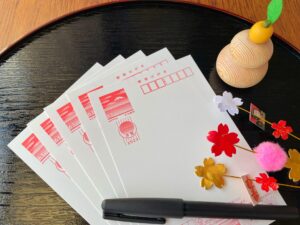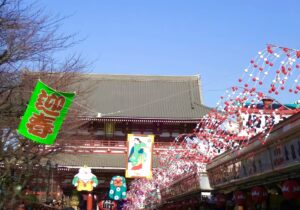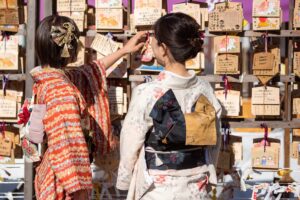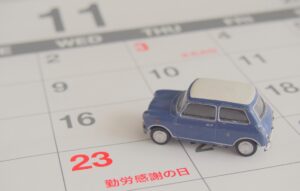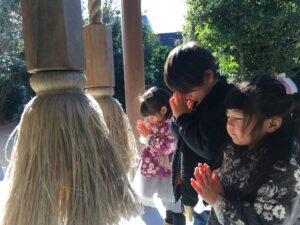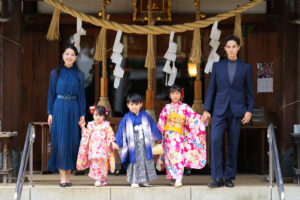Every New Year in Japan, children eagerly look forward to receiving small, beautifully decorated envelopes that contain a monetary gift called otoshidama. While the concept is simple, the tradition is deeply meaningful—representing blessings, good fortune, and a warm start to the year. For many international readers, especially those living outside Japan or learning about Japanese customs for the first time, otoshidama envelopes offer a charming glimpse into the country’s New Year culture. This guide explains what otoshidama envelopes are, how they’re used, how much money to give, and how to choose the perfect design. You’ll also find practical tips for buying, DIY options, and modern digital variations that fit today’s lifestyles. Whether you’re gifting as a parent, traveler, teacher, or Japanese culture enthusiast, this article will help you celebrate this tradition with confidence.
What Are Otoshidama Envelopes?
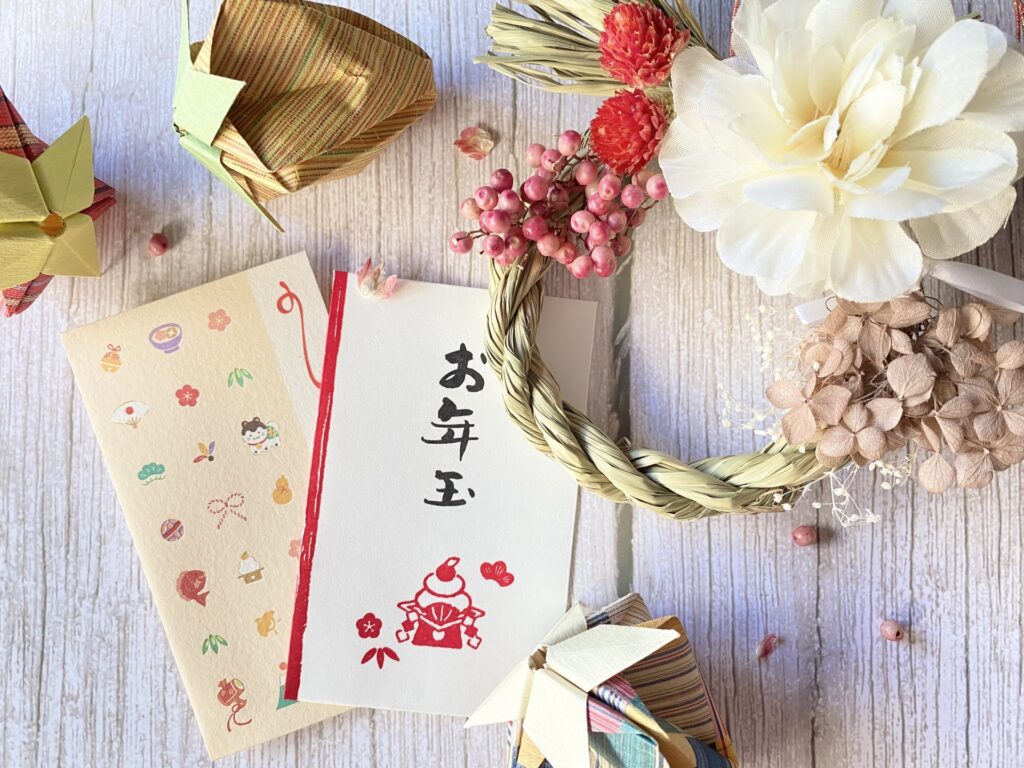
Otoshidama is a cherished Japanese New Year tradition in which adults give children a small monetary gift. Rather than handing the money directly, it is placed inside a special small envelope known as a pochibukuro or otoshidama-bukuro. These envelopes often feature charming designs and add a ceremonious touch to the gift, making the moment feel festive and meaningful for children.
The envelopes are typically compact—smaller than Western greeting card envelopes—and are designed specifically for cash gifting. You’ll find them in countless styles, from playful cartoon characters to elegant traditional motifs. Their primary purpose is not simply to conceal the money, but to express care, good wishes, and the spirit of the New Year season.
The origin of otoshidama traces back to ancient New Year offerings to deities, in which families presented symbolic gifts. Over time, this practice evolved into giving small items—or eventually money—to children as blessings for the year ahead. Although the tradition has modernized, the intention of sharing fortune and goodwill remains at its core.
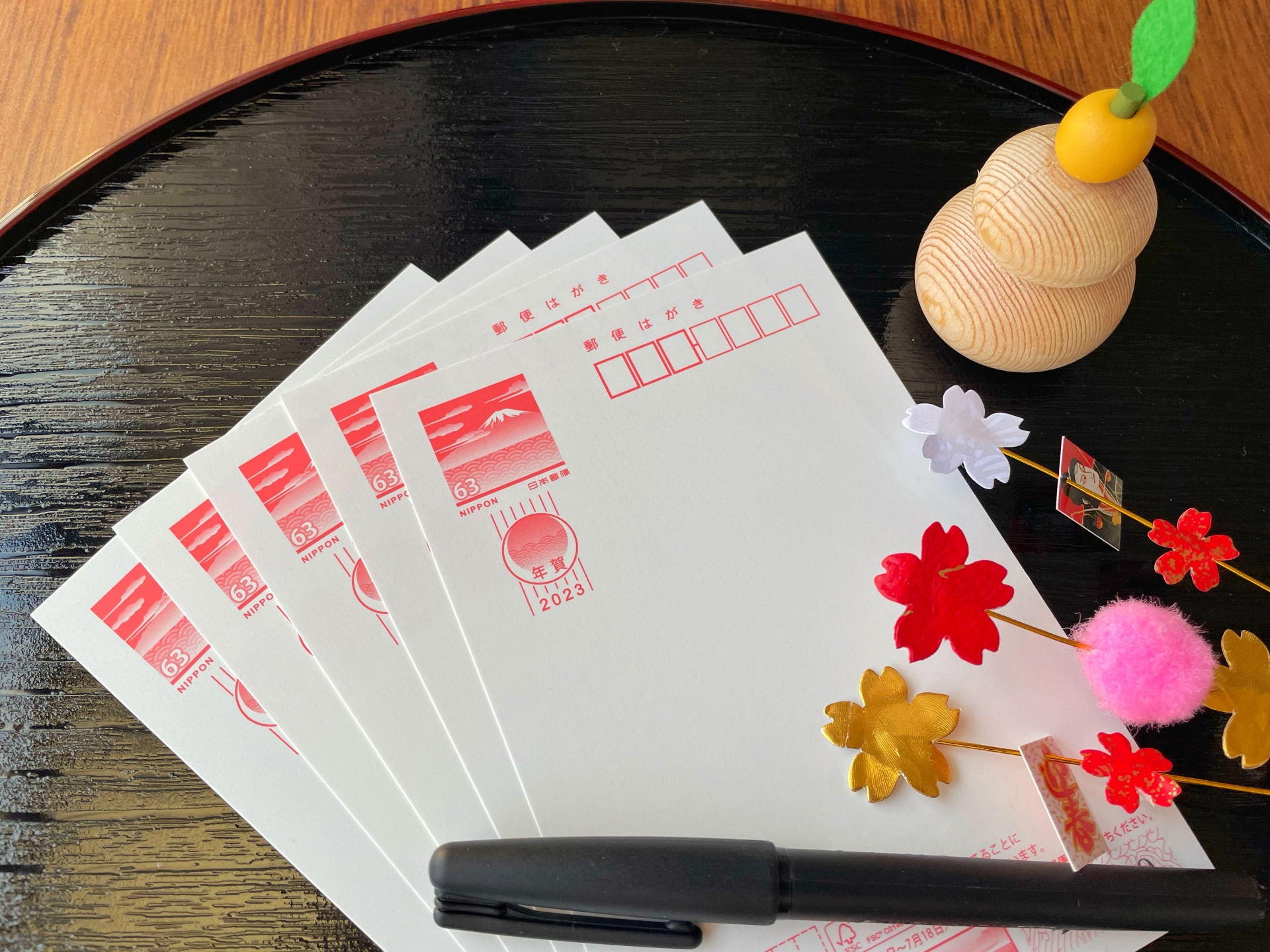
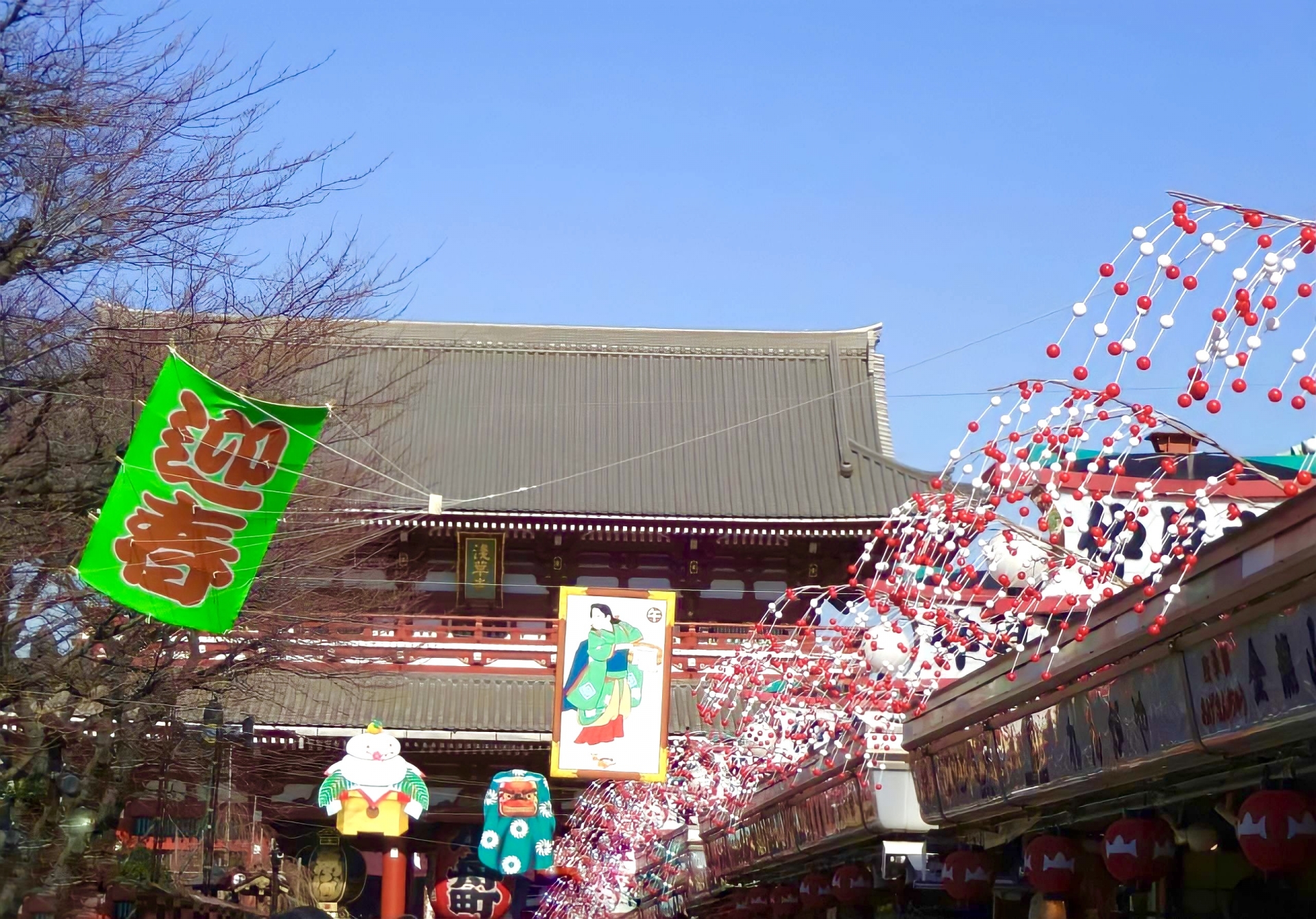

Otoshidama Envelope Designs & What They Symbolize
Otoshidama envelopes come in a huge range of designs, each carrying its own aesthetic appeal and symbolic meaning. Choosing the right one lets you customize the New Year message you want to express—whether playful, elegant, or traditional.
Traditional motifs are among the most widely used. Designs like cranes, turtles, and pine-bamboo-plum (shōchikubai) represent classic Japanese themes of longevity, resilience, and good fortune. Mt. Fuji, daruma faces, and beckoning cats (maneki-neko) are also common, each symbolizing luck and determination. These envelopes are ideal for formal family gatherings or for gifting older children who may appreciate the cultural symbolism.
Zodiac-themed envelopes feature that year’s animal from the Chinese zodiac cycle—such as the dragon, rabbit, or monkey. These are especially popular because they feel timely and celebratory. Children enjoy receiving envelopes that highlight the year’s energy, and adults often choose zodiac designs for New Year parties or school-related events.
For young children, character or pop-culture designs are especially appealing. These include anime characters, kawaii animals, and cartoon-style illustrations. They help create a friendly, festive mood and often become keepsakes because kids enjoy the artwork.
Finally, minimalist or modern envelopes have become increasingly popular, especially among adults in Japan and abroad. These designs use plain colors, muted tones, clean typography, and textured washi paper. They suit a contemporary aesthetic and are often used by designers, creatives, and gift enthusiasts who want an understated look.
Design Comparison Table
| Design Type | Symbolism | Example Motifs |
| Traditional | Good fortune, longevity | Cranes, pine-bamboo-plum, daruma |
| Zodiac/Annual | Yearly meaning and celebration | Dragon, Rabbit, Monkey |
| Character/Pop | Kid-friendly, playful | Anime characters, cute animals |
| Minimal/Modern | Stylish, simple gifting | Textured washi, solid colors |
Each design offers a different expression of New Year spirit, letting you match the envelope with the child’s age, personality, and the formality of the occasion.
How Much Money Should You Put In & Who Gives It?
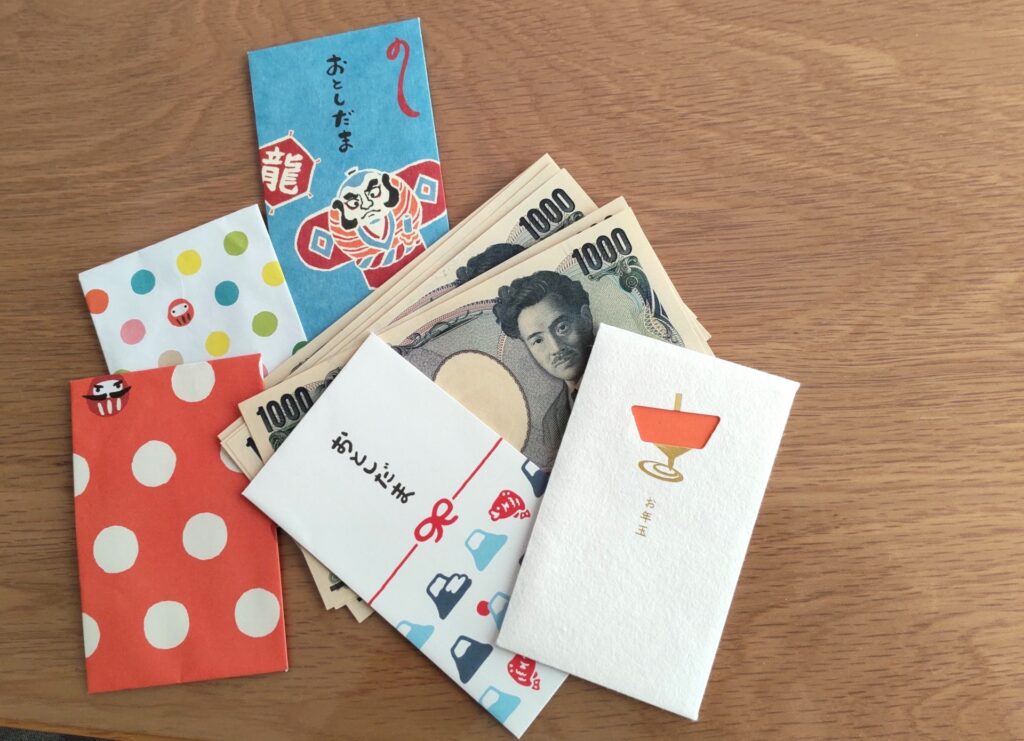
While there is no strict rule about otoshidama amounts, most families in Japan follow a general guideline that increases with the child’s age. The amounts vary by region and family tradition, but they typically align with what relatives consider appropriate for a child’s needs or maturity level.
Parents, grandparents, aunts, and uncles are the most common givers. Some families also exchange otoshidama among cousins, while others limit it to immediate relatives. Preschoolers often receive a modest symbolic amount, while older children—especially those in middle or high school—may receive more as a recognition of their growing independence.
Below is a practical guide to typical otoshidama amounts:
- Preschoolers (ages 3–5): $5–$10 (approx. ¥500–¥1,000)
- Elementary school children (ages 6–12): $10–$30 (approx. ¥1,000–¥3,000)
- Middle school (ages 12–15): $20–$50 (approx. ¥2,000–¥5,000)
- High school students (ages 15–18): $30–$100 (approx. ¥3,000–¥10,000)
Most children stop receiving otoshidama when they graduate high school, though some families continue the tradition through age 20. The emphasis is less on a specific amount and more on the gesture of starting the year with good wishes and a sense of generosity.
Etiquette: How to Present & Use the Envelope
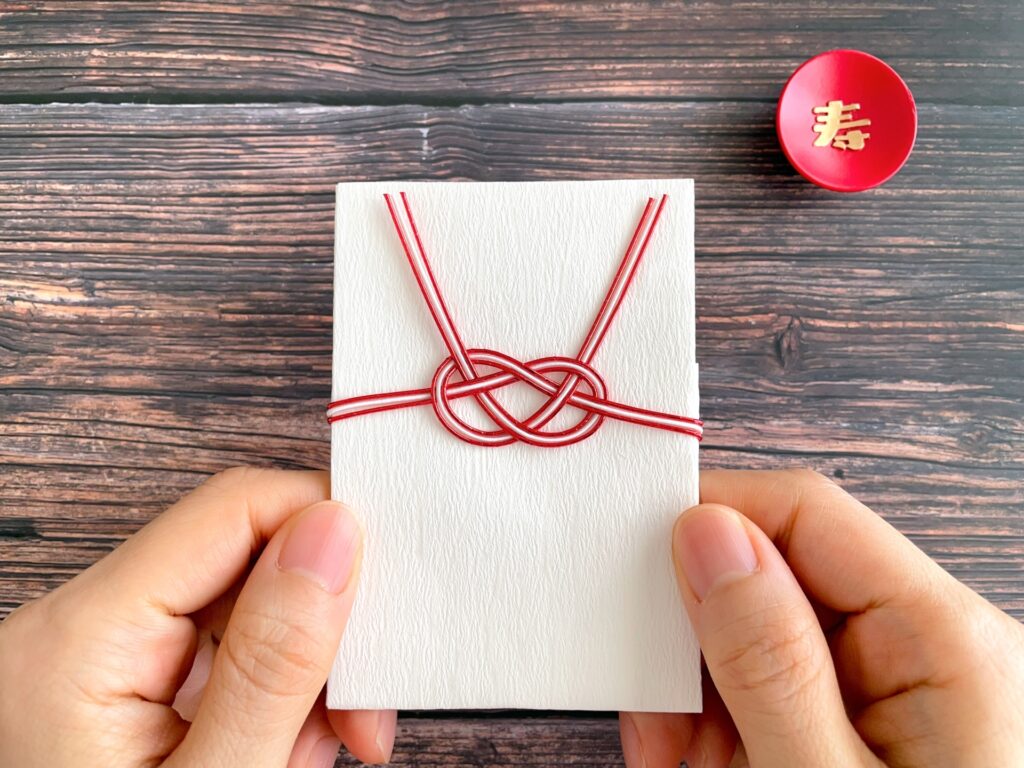
Presenting an otoshidama envelope is simple, but following a few etiquette points helps convey proper respect and festive intention. First, always hand the envelope with both hands, facing it upright toward the recipient. When possible, use crisp, clean bills, as this reflects care and intentionality. Adding the child’s name or your own name on the front is common, especially for larger family gatherings.
Otoshidama is usually given on New Year’s Day, but families who meet later during the holiday period often exchange it during the first visit of the year (known as hatsumōde or the first family reunion of January).
One important distinction is that an otoshidama envelope is not a shūgi-bukuro, the ornate, larger envelope used for weddings or formal gifts. Otoshidama envelopes are intentionally small and playful, making them easy for children to hold.
Do & Don’t List
Do:
- Use neat bills if available
- Present with both hands
- Write names clearly
- Choose a design that fits the child’s personality
Don’t:
- Use wrinkled or torn bills
- Hand the money directly without an envelope
- Use wedding-style envelopes, which may seem inappropriate
Following these simple guidelines ensures that the gift feels thoughtful and respectful, even for international families adapting the tradition.
Where & How to Buy or Make Your Own Otoshidama Envelopes
Whether you live in Japan or abroad, there are plenty of ways to purchase or create otoshidama envelopes. In Japan, you’ll find them at stationery shops, bookstores, 100-yen stores, convenience stores, and New Year pop-up displays. Designs range from budget-friendly packs to premium washi envelopes with embossed textures.
For international readers, online shopping is the most convenient option. Websites like Etsy, eBay, and global Japanese stationery stores offer worldwide shipping and carry a diverse range—from traditional designs to modern illustrated sets. Many sellers create unique handcrafted envelopes or themed bundles that are perfect for gifting or cultural events. If you’re buying character-themed envelopes, check whether the seller uses officially licensed designs, as these are typically higher quality and better printed.
Prices vary widely. Standard paper envelopes may cost less than $5 for a set, while artisanal washi envelopes or hand-painted designs can range from $8 to $20 per pack.
For those who prefer a personal touch, DIY otoshidama envelopes are easy and enjoyable to make. You can use washi paper, cardstock, stickers, stamps, or mizuhiki cords for decorative flair. A simple template can be printed at home and folded along the edges to create a neat envelope. Children often enjoy decorating their own envelopes for friends or siblings, turning gift-giving into a collaborative project. Consider adding a small flap, decorative sticker, or hand-drawn zodiac illustration for personalization.
Modern Trends: Digital Otoshidama & Global Adaptations
As digital payments grow more common, many families—especially younger parents—are introducing digital otoshidama. This may involve prepaid cards, gift cards, QR-based payments, or mobile transfer apps. While the method is modern, families often place the card or a printed gift note inside a traditional envelope to preserve the symbolic gesture of giving.
Outside Japan, families adapt the tradition using local currency or Western-style festive envelopes. Some choose minimal stationery to keep the look neutral, while others embrace colorful Japanese patterns to highlight cultural heritage. Many mixed-culture households blend traditions by pairing otoshidama with New Year’s resolutions, family activities, or Western holiday décor. The flexibility of the tradition makes it easy to incorporate into diverse lifestyles while honoring its Japanese origins.
Bonus: What to Do If You Receive One — Saving, Spending & Teaching Kids
For children, receiving otoshidama can be exciting—but it also presents a wonderful opportunity to learn about budgeting and responsible money habits. Parents often encourage kids to divide the money into categories such as saving, spending, and experiences. This helps children understand the value of money while still enjoying part of the gift.
Some families set aside a portion of the otoshidama in a bank account or savings jar. Others let children choose one meaningful purchase, like a book, craft kit, or special outing. Older children may use the money to support hobbies or school supplies. No matter the approach, guiding children toward mindful spending can help them appreciate both the gift and the intention behind it.
Conclusion: Bringing the Otoshidama Spirit Into Your New Year
Otoshidama envelopes offer a beautifully simple way to celebrate the New Year with generosity and joy. By choosing the right design, following basic etiquette, and tailoring the gift to each child, you can honor a beloved Japanese tradition while creating meaningful memories for your family. Whether you follow long-standing customs or develop your own modern version, otoshidama envelopes bring warmth, gratitude, and good fortune into the start of the year.
Whether traditional or modern, the spirit of otoshidama reminds us that giving is one of the most uplifting ways to begin a new year.

